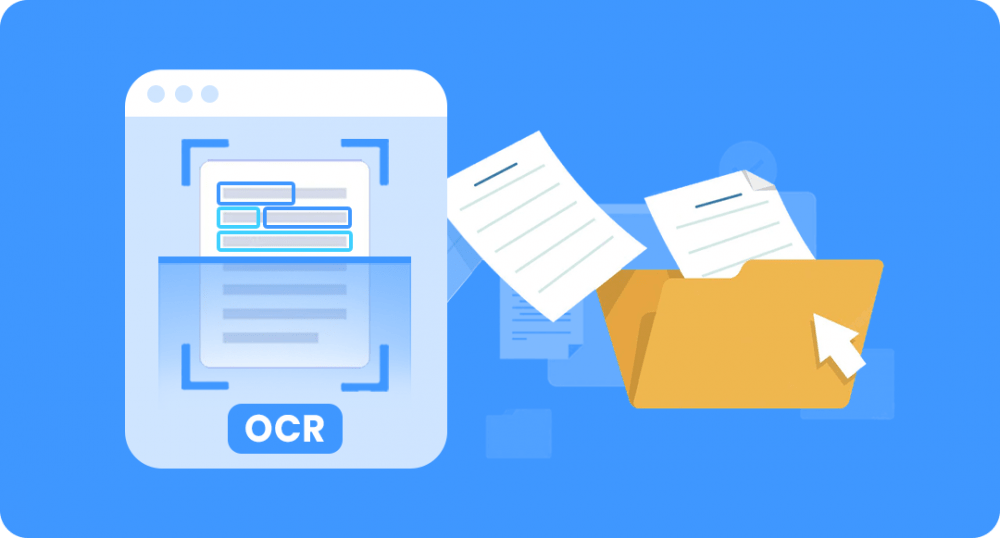It took many years for OCR technology to mature, and with a detailed look into OCR accuracy, many OCR programs still need to improve in the game. It is essential to remember that OCR technology is still in its infancy.
OCR leaders may include everyone who has maintained their popularity in the market. However, today we will show you the process of Arabic OCR so you can select the top Arabic OCR software for your business.
When it comes to Arabic, the accuracy of the OCR is the primary concern because of the nature of the language itself. People who use it merely want to turn the Arabic file into an editable file, then index the document or copy and paste information for translation or other purposes.
This is guaranteed to be the case for a significant portion of our users interested in using Arabic optical character recognition (OCR).
The finest Arabic OCR tool must deliver the most accurate results that improve over time with machine learning.
But first, what is optical character recognition?
The abbreviation “OCR” stands for “optical character recognition,” which describes the method of utilizing technology to discriminate between printed characters or handwritten text characters that are stored within digital representations of physical documents, such as a scanned paper document, which are scanned handwritten papers and scanned handwritten letters.
OCR is a process that initially analyses the text contained inside a document before converting it. Text recognition is another term for optical character recognition, which is the process of converting the characters in a text into a code, which may then be utilized for data processing (OCR).
Main features of the best Arabic OCR software
- Create editable versions of scanned PDFs and photos in numerous file types.
- Adapt native PDF files to 16 other formats while maintaining the original file’s quality.
- As a minimum, execute accurate OCR for multiple languages, including Arabic and English.
- Accuracy above 90%
- Have artificial intelligence and machine learning capabilities to improve accuracy over time
- Can integrate with multiple ECM platforms
The way the OCR algorithm work
Computers have difficulty telling between individual letters since there are many different fonts and printing options for a single note.
Despite this, handwritten letters add further complexity to the scenario.
When selecting Arabic OCR software, you need to search and analyze the following stages and capabilities in the software:
- Image capture
Robust image capture is in place to work with an optical scanner; this will allow you to take a digital copy of the paper document to finish the process.
- Pre-processing
Before being utilized, a document must have proper alignment and dimensions.
This procedure stage aims to get the input file ready for the OCR algorithm to use.
- Processing
This stage aims to process the scanned images into readable text; here is where you check for the software’s accuracy. Anything below 80% should be a no-go.
- Machine Learning
Your OCR system would start machine learning on multiple documents of the same type to improve the accuracy of complex Arabic letters and words.
Pro Tip: Ask the vendor for previous case studies with machine learning.
How can OCR algorithms benefit your business?
- Searchability.
- Editability.
- Accessibility.
- Storability.
- Backups.
- Translatability.
Why choose Fotopia?
FotoGnize, brought to you by Fotopia, is one of the best Arabic OCR software in the market, as described by our clients.
Fotopia’s Arabic OCR software does machine learning-based indexing, automated template handling, optical character recognition to collect invoice data, and artificial intelligence to improve results over time.
You can talk to one of our experts to understand more.





